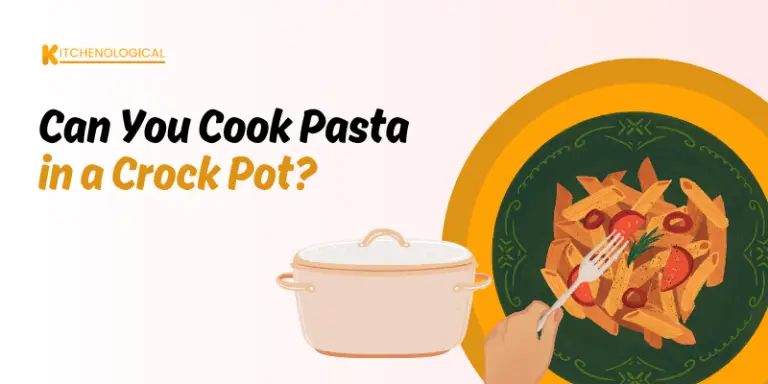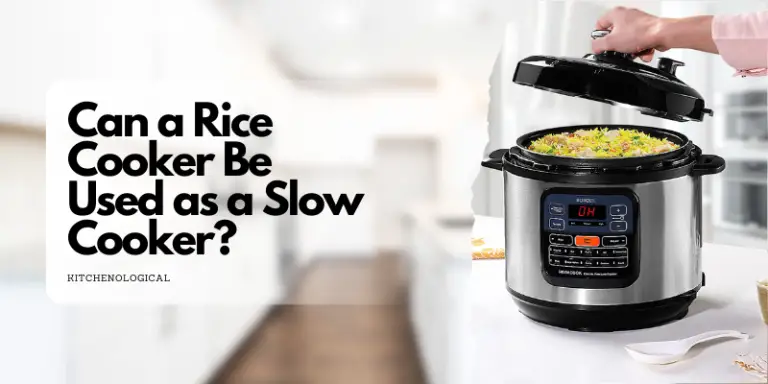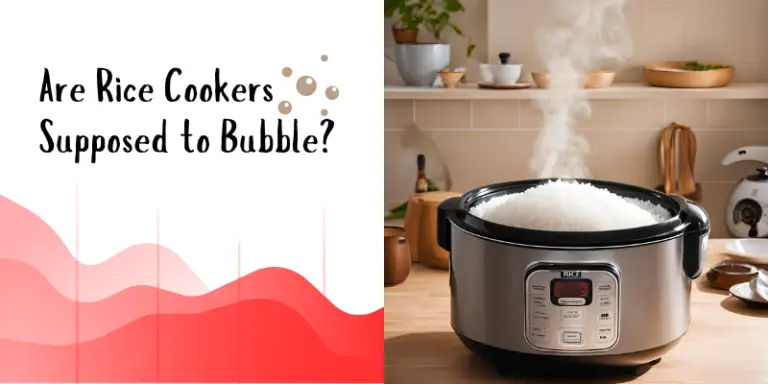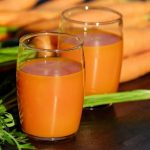We review and select products independently. Purchases through our links may earn us a small commission. Learn more.

Juicing is a popular way to consume a large amount of fruits and vegetables in a convenient and tasty way. However, getting the most out of your juicer can be a bit of a learning curve. From choosing the right fruits to properly cleaning and maintaining your juicer, there are a few key factors to consider if you want to juice like a pro.
In this article, we’ll share some expert tips for getting the most out of your juicer and juicing fruits like a pro. Whether you’re a beginner or an experienced juicer, these tips will help you get the most out of your juicer and enjoy delicious, healthy fruit juices.
Choose the Right Juicer for juicing
When it comes to choosing the right juicer, there are a few key factors to consider. Here are some things to think about as you shop for a juicer:
Type of juicer: There are several different types of best juicers available on the market, including centrifugal juicers, masticating juicers, and triturating juicers. Each type of juicer has its own unique set of features and benefits, so it’s important to consider which type will best suit your needs.
Juicing capacity: Consider how much juice you want to produce at one time, and choose a juicer that has the capacity to meet your needs. If you only plan to make a small amount of juice at a time, a smaller juicer may be sufficient. However, if you plan to make larger quantities of juice, you’ll want to look for a juicer with a larger juicing capacity.
Ease of use and cleaning: Look for a juicer that is easy to use and clean. Some juicers have more complicated parts or require more time and effort to clean, which can be frustrating. Choose a juicer that is simple to use and easy to clean, to make the juicing process as smooth and hassle-free as possible.
Price: Juicers can range in price from a few hundred dollars to over a thousand dollars. Decide on a budget beforehand and look for a juicer that fits within your price range. Keep in mind that more expensive juicers may have additional features or a higher quality build, but they may not necessarily be the best choice for everyone.
Warranty and customer service: Consider the warranty and customer service options offered by the manufacturer. A good warranty can provide peace of mind in case of any issues with your juicer, and good customer service can be helpful if you have any questions
Choose the Right Fruits for Juicing
One of the keys to successful juicing is choosing the right fruits. Some fruits are better suited for juicing than others, and selecting the right ones can help you get the most out of your juicer. Here are a few tips for choosing the best fruits for juicing:
- Choose ripe, fresh fruits: Ripe, fresh fruits are generally the best for juicing, as they contain more juice and nutrients than unripe or overripe fruits. Avoid using fruits that are bruised or spoiled, as these can affect the taste and quality of your juice.
- Consider the sweetness and flavor of the fruit: Different fruits have different levels of sweetness and flavor, and this can affect the taste of your juice. If you prefer a sweeter juice, consider adding fruits like pineapple, mango, or apples to your juice. If you prefer a more savory or tart juice, try using fruits like lemon, lime, or kale.
- Experiment with different combinations: Juicing is a great opportunity to experiment with different fruit combinations and discover new flavor profiles. Don’t be afraid to mix and match different fruits to find a combination that you love.
Prepare Your Fruits for Juicing
Before you start juicing, it’s important to properly prepare your fruits to ensure that you get the most out of your juicer. Here are a few tips for preparing your fruits for juicing:
- Wash and chop your fruits: Before you start juicing, be sure to wash and chop your fruits into small pieces that are suitable for your juicer. This will help to ensure that your juicer can process the fruits efficiently and extract as much juice as possible.
- Remove seeds and pits: Depending on the type of fruit you are juicing, you may need to remove seeds or pits before juicing. For example, you should remove the seeds from citrus fruits like lemons and limes before juicing.
- Peel or skin certain fruits: Some fruits, such as citrus fruits or melons, have a peel or skin that can be difficult for your juicer to process. In these cases, it may be helpful to peel or skin the fruit before juicing to make it easier for your juicer to extract the juice.
Also Read –
Use the Right Juicing Techniques
In addition to choosing the right fruits and preparing them properly, there are also a few juicing techniques that can help you get the most out of your juicer. Here are a few tips for using the right juicing techniques:
- Alternate between hard and soft fruits: If you are juicing a mix of hard and soft fruits, be sure to alternate between them as you add them to your juicer. This can help to ensure that your juicer can process the fruits efficiently and extract as much juice as possible.
- Juice leafy greens with other fruits: Leafy greens, such as kale or spinach, can be a bit trickier to juice on their own. To make them easier to juice, try combining them with other fruits like apples or pineapples.
- Use the right speed setting: Different juicers have different speed settings, and using the right speed setting can help to ensure that you get the most out of your juicer. For example, hard fruits like apples or beets may require a higher speed setting, while softer fruits like berries or grapes may require a lower speed setting.
Clean and Maintain Your Juicer
Cleaning and maintaining your juicer is an important part of getting the most out of your juicer. Not only does regular cleaning help to ensure that your juicer stays in good working order, but it can also help to prevent contamination and improve the taste and quality of your juice. Here are a few tips for cleaning and maintaining your juicer:
- Clean your juicer immediately after use: It’s best to clean your juicer immediately after use, while the pulp and residue are still fresh and easier to remove. This will help to prevent the buildup of stuck-on particles and make the cleaning process easier.
- Use the right cleaning tools: Different juicers may require different cleaning tools, such as brushes or sponges. Be sure to use the cleaning tools that are specifically designed for your juicer to avoid damaging it.
- Follow the manufacturer’s instructions: Each juicer is different, and it’s important to follow the manufacturer’s instructions for cleaning and maintenance to ensure that you are caring for your juicer properly.
- Use a combination of water and mild detergent: Most juicers can be cleaned with a combination of water and mild detergent. Be sure to rinse the juicer thoroughly to remove all traces of detergent before using it again.
- Pay attention to the blade and filter: The blade and filter of your juicer can become worn or clogged over time, which can affect the performance of your juicer. Be sure to clean and maintain these parts regularly to ensure that your juicer is operating at its best.
Some Common FAQs about juicing –
How do I store fresh juice?
Fresh juice should be stored in an airtight container in the refrigerator. It’s best to drink the juice within a day or two of making it, as the quality and nutrient content of the juice can degrade over time.
Can I freeze fresh juice?
Yes, you can freeze fresh juice. It’s best to freeze the juice in an airtight container or a plastic bag, making sure to leave some headspace to allow for expansion. Frozen juice can be thawed in the refrigerator or by using the defrost setting on your microwave.
Is it better to juice or blend fruits and vegetables?
Both juicing and blending can be beneficial ways to consume fruits and vegetables. Juicing removes the fiber from the fruits and vegetables, which can make it easier to consume a large amount of nutrients in a short amount of time. Blending, on the other hand, includes the fiber from the fruits and vegetables, which can help to slow down the digestion process and make you feel fuller for longer.
Can I juice any type of fruit or vegetable?
Most fruits and vegetables can be juiced, but some may be more difficult to process or produce less juice. For example, leafy greens like kale or spinach may be more difficult to juice, while watery fruits like watermelon or pineapple may produce more juice.
Is it better to use organic or conventionally grown fruits and vegetables for juicing?
Both organic and conventionally grown fruits and vegetables can be used for juicing. However, some people prefer to use organic produce because it is grown without the use of synthetic pesticides and fertilizers. It’s also worth noting that some fruits and vegetables are more prone to pesticides, so you may want to consider purchasing these items organic. The Environmental Working Group publishes a list of the “Dirty Dozen,” which includes the 12 types of produce that are most likely to contain pesticides.
Conclusion
Juicing is a great way to consume a large amount of fruits and vegetables in a convenient and tasty way. By following these tips for choosing the right fruits, preparing your fruits properly, using the right juicing techniques, and cleaning and maintaining your juicer, you can get the most out of your juicer and enjoy delicious, healthy fruit juices like a pro.













